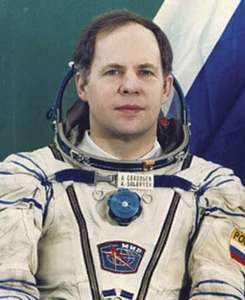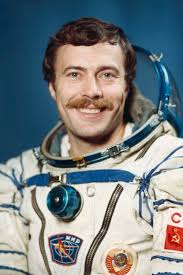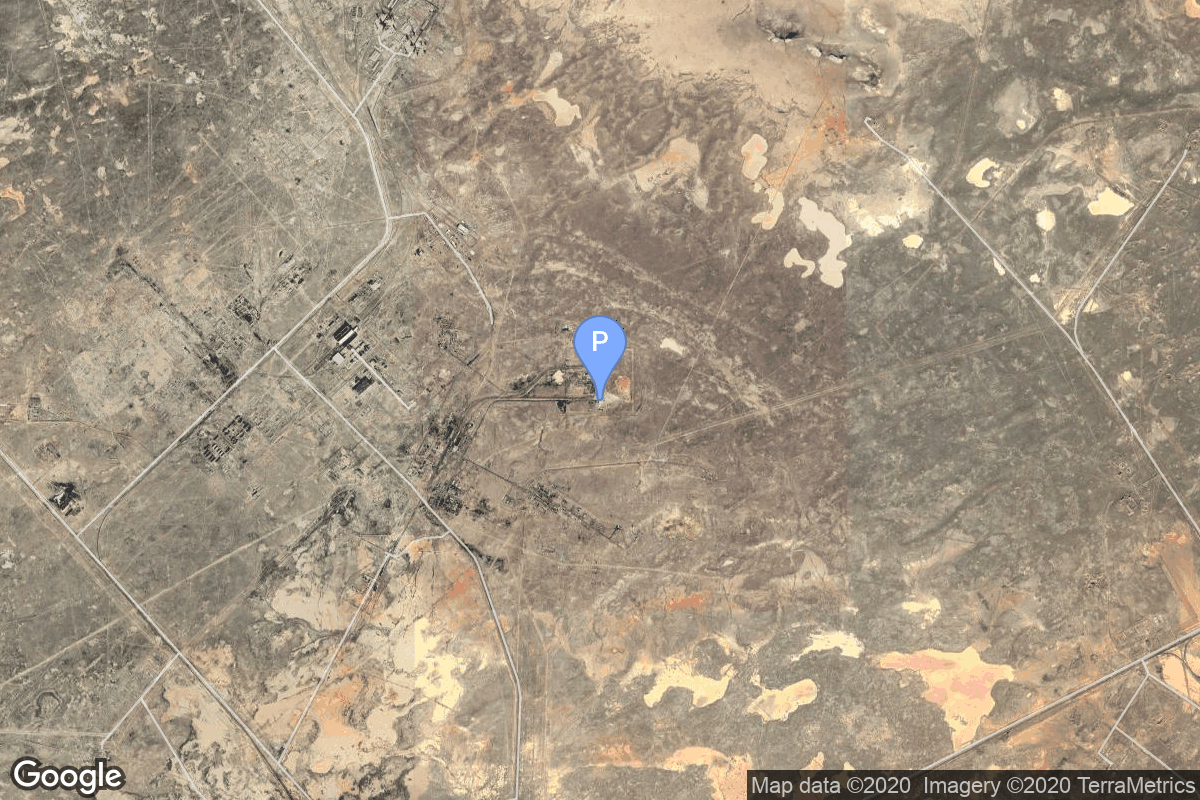Soyuz TM-9
Soyuz-U2
Soviet Space Program
Crew

Anatoly Solovyev
- Birthday: 01/16/1948
- Role: Commander
- Nationality: Russian
- First Flight: 06/07/1988
- Last Flight: 08/05/1997
Anatoly Yakovlevich Solovyev (Russian: Анатолий Яковлевич Соловьёв; born January 16, 1948 – alternate spelling “Solovyov”) is a retired Russian and Soviet cosmonaut and pilot. Solovyev holds the world record on the number of spacewalks performed (16), and accumulated time spent spacewalking (over 82 hours).

Aleksandr Nikolayevich Balandin
- Birthday: 07/30/1953
- Role: Flight Engineer
- Nationality: Russian
- First Flight: 02/11/1990
- Last Flight: 02/11/1990
Aleksandr Nikolayevich Balandin (Russian: Александр Николаевич Баландин) (born July 30, 1953) is a Russian cosmonaut. He is married with two children. He was selected as a cosmonaut on December 1, 1978, and retired on October 17, 1994.
He flew as a flight engineer on Soyuz TM-9.
He worked at NPO Energia until 1994, and was then President of Lendint-Association until 2000
Mission
Soyuz TM-9
- Type: Human Exploration
- Orbit: Low Earth Orbit
Soyuz TM-9 was the ninth mission and the sixth long-duration expedition to Mir space station. The mission began on February 11, 1990, 06:16:00 UTC, launching Commander Anatoly Solovyev and Flight Engineer Aleksandr Balandin into orbit. They docked with Mir two days later. During their stay there, cosmonauts performed two EVAs, various station maintenance tasks, and carried out scientific experiments in biology, geophysics, space technology, astronomy etc.
The mission concluded with a safe landing back on Earth on August 9, 1990, 07:33:57 UTC.
Location
1/5
Baikonur Cosmodrome, Republic of Kazakhstan
1/5 has witnessed the launch of 487 rockets, including 487 orbital launch attempts, while Baikonur Cosmodrome, Republic of Kazakhstan, has been the site for 1547 rocket launches.
Rocket
Soviet Space Program Soyuz-U2
The Soyuz-U2 was a Soviet, later Russian, carrier rocket. It was derived from the Soyuz-U, and a member of the R-7 family of rockets. It featured increased performance compared with the baseline Soyuz-U, due to the use of syntin propellant, as opposed to RP-1 paraffin, used on the Soyuz-U.
Agency
Soviet Space Program
The Soviet space program, was the national space program of the Union of Soviet Socialist Republics (USSR) actived from 1930s until disintegration of the Soviet Union in 1991.
The Soviet Union’s space program was mainly based on the cosmonautic exploration of space and the development of the expandable launch vehicles, which had been split between many design bureaus competing against each other. Over its 60-years of history, the Russian program was responsible for a number of pioneering feats and accomplishments in the human space flight, including the first intercontinental ballistic missile (R-7), first satellite (Sputnik 1), first animal in Earth orbit (the dog Laika on Sputnik 2), first human in space and Earth orbit (cosmonaut Yuri Gagarin on Vostok 1), first woman in space and Earth orbit (cosmonaut Valentina Tereshkova on Vostok 6), first spacewalk (cosmonaut Alexei Leonov on Voskhod 2), first Moon impact (Luna 2), first image of the far side of the Moon (Luna 3) and unmanned lunar soft landing (Luna 9), first space rover (Lunokhod 1), first sample of lunar soil automatically extracted and brought to Earth (Luna 16), and first space station (Salyut 1). Further notable records included the first interplanetary probes: Venera 1 and Mars 1 to fly by Venus and Mars, respectively, Venera 3 and Mars 2 to impact the respective planet surface, and Venera 7 and Mars 3 to make soft landings on these planets.


